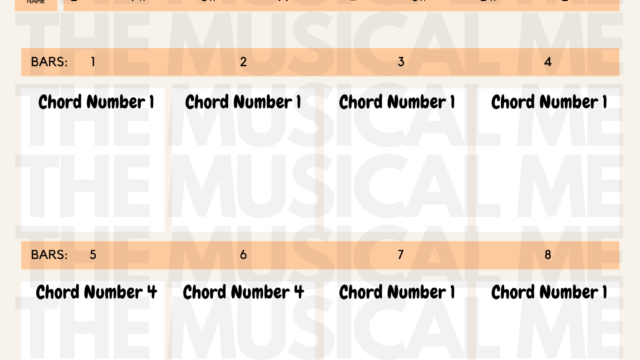What is the 12 Bar Blues?
The most common musical form of blues is the 12 bar blues. The term “12-bar” refers to the number of measures, or musical bars, used to express the theme of a typical blues song. Nearly all blues music is played to a 4/4 time signature, which means that there are four beats in every measure or bar and each quarter note is equal to one beat.
A 12 bar blues is divided into three four-bar segments. A standard blues progression, or sequence of notes, typically features three chords based on the first (written as I), fourth (IV), and fifth (V) notes of an eight-note scale. The I chord dominates the first four bars; the IV chord typically appears in the second four bars and the V chord is played in the third four bars.
The lyrics of a 12 bar blues song often follow what’s known as an AAB pattern. “A” refers to the first and second four-bar verse, and “B” is the third four-bar verse. In a 12 bar blues, the first and second lines are repeated, and the third line is a response to them—often with a twist.
For a more in depth history of the blues – check out our video compilation here
Why not show your class some of the best blues artists history has to offer and get them excited to listen to the 12 bar blues.








